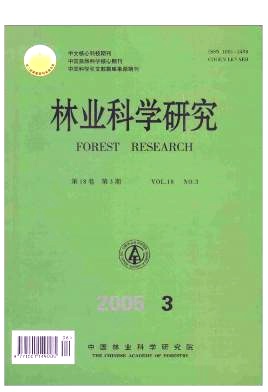Analysis of Platycladus orientalis Volatiles and Their Electroantennogram Responses with Semanotus bifasciatus
- Received Date: 2004-12-28
Abstract: Behavioral tests revealed that Semanotus bifasciatus was easy to be attracted to its host trees species, Platycladus orientalis. The volatiles emitted from different parts of P. orientalis were collected outdoors by headspace sampling in situ and analyzed by Thermodesorption Cold Trap (TCT)-GC-MS. Two major classes of compounds, aliphatics [mainly green-leaf volatiles (GLVs)] and monoterpenes, existed in the host tree species investigated. Sesquiterpenes and monoterpenes (and their derivatives) sampled from the phloem by the solid phase microextraction (SPME) and hydrodistillation made up the major part of whole volatile blends. However, differences could be found with respect to a few components of the blend. Electroantennograms from the antennae of S. bifasciatus were recorded in response to compounds presented in the headspace of P. orientalis and other sources. The antennae responded strongly to green leaf alcohols: 1-Pentanol, Hexanol, 2-ethyL-1-Hexanol and 1-Octen-3-ol; but a little EAG amplitudes were observed to aldehydes; Better antennal responses to Sabinene, Thujanol and (一)-Limonene were found. In addition, the antennae were more sensitive to that of bark beetle pheromones than some monoterpenes and alcohols, especially the compounds 3-methyl-2-cyclohexen-1-ol and 3-methyl-2-cyclohexen-1-one. The blends of C6 and C8 alcohols plus verbenone together with monoterpenes might play an important role in host selection of S. bifasciatus.





 DownLoad:
DownLoad: